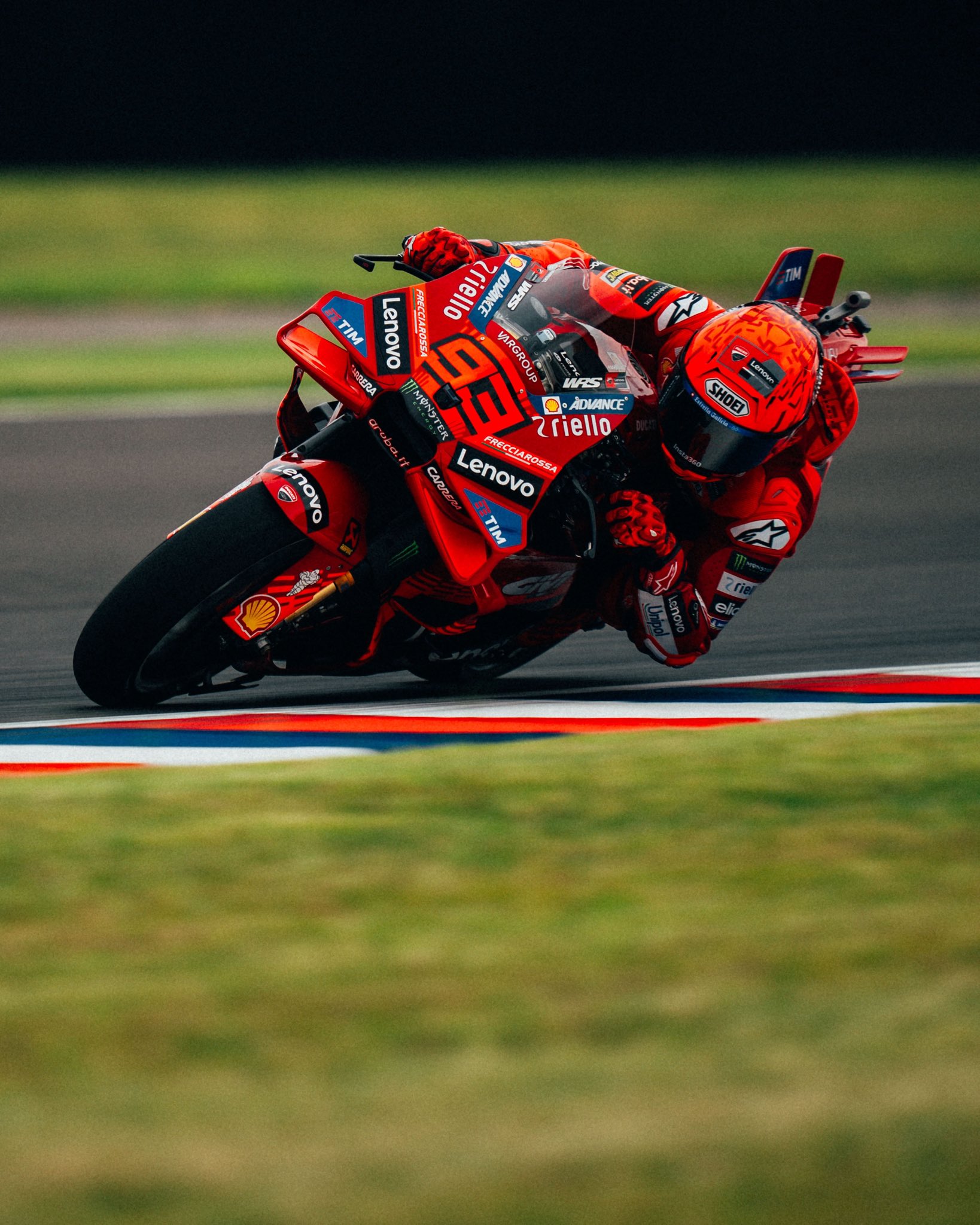Divebomb Technical Support #1: Downforce
- Ive Bauk
- Feb 23, 2021
- 3 min read
Updated: Jan 10
Written By Ive Bauk, Edited By Umut Yelbaşı
In the first part of the series, we’ll talk about downforce. To understand downforce, firstly you have to understand friction. Without friction it would be impossible to drive any car. The equation for friction is F=μ*G, where μ is the friction coefficient. In a car, the friction coefficient is dependent on the wheels and suspension. You will often hear the term “mechanical grip”, and that refers to μ. The second part of the equation is G, which is the force that is pushing the car to the road. The biggest part of this force is gravity, but aerodynamical grip, or downforce, is also a contributor.
Downforce is a force generated by different zones of high and low pressure air.
In the image above, we can see the different air pressures around the blue flap. To sum it up, there are 2 different zones of high pressure air, and 1 zone of low pressure air. Think of air pressure as the air density. High pressure is where more air is stationed, and where air atoms have less energy (cold air). Faster and hotter air has lower pressure because molecules have more energy, therefore are moving faster and leaving more space, which results in a lower density. When looking at this kind of illustration, you have to know that air always flows from an area of high pressure towards the area of low pressure. In the diagram above, air will push the wing down (downforce) and towards the back (drag). F1 wings are producing downforce by sending the air upwards. This is called upwash. More air you send up equals more downforce, so the logical idea would be to send more air upwards by bending the wing more upwards, but why would it be that easy? The problem is that air has mass and thus inertia! Once an air current has its own direction of motion, it does not change it just like that. If your surface is too steep, the current will not want to follow it, but will separate and continue its direction of movement down the car. When this separation occurs, a “gap” is created behind the wing between the two starting points of the current. This void is filled with turbulent air, and such air has low pressure. Leaving behind a low pressure zone that tries to suck you back is normal – it happens to you in your car, when you ride a bike, and it happens to an F1 car. However, if we focus only on the wing, this should not happen, because instead of downforce and drag, you only have drag.
In the first picture we can see wings that couldn’t keep the air current close enough, and thus created low pressure, turbulent air, or “stall”. Second picture shows a wing that kept the current going by using a small shaft that equaled pressures from both sides of the wing. The last picture shows air flow with DRS opened. We notice that it is an immense challenge to keep the air current stuck to the lower / rear of the wing. Makes sense. The current will have no problem being attached to the front of the wing because the inertia of the car and the inertia of the air directly collide. Keeping the air clinging to the back of the wing is a much more delicate task – the curvature of the wing must be gentle enough to attract the air which would want to continue on its way. Aerodynamics teaches us about love relationships, who would’ve thought?
This picture nicely depicts the amount of turbulent air the rear wing would create if there weren’t endplates. Endplates in general reduce the amount of turbulent air generated, thus reducing drag. Also one more thing to notice is the so-called “swan’s neck” (red line), a bracket that holds the wing to the top of the aero-profile, not the bottom. This way, the airflow on the more sensitive lower side is not interrupted.
This is it concerning today’s article. I hope you understood the terms of downforce, friction, drag and air pressure better. In the next article, we will talk about turbulent air.









Comments